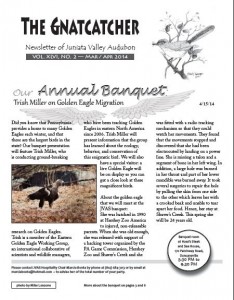UPDATE: Despite opposition from fishermen, birders, and conservationists, HB 1565 was signed into law by Governor Corbett during the last days of the 2014 legislative session.
A letter published in the Oct. 4, 2014 Altoona Mirror.
Juniata Valley Audubon urges our state legislators to oppose House Bill 1565 which eliminates the requirement to have forested buffers along streams designated as High Quality or Exceptional Value. HB 1565 would be a step backward and would unnecessarily jeopardize the Commonwealth’s most sensitive waters.
Riparian buffers are an essential component of watershed management, providing numerous physical, chemical, and biological benefits that include reduction of non-point source runoff, attenuation of flood flows, and maintenance of stream water temperatures and aquatic habitat.
By their very nature as being designated the “best of the best,” the High Quality and Exceptional Value streams for which buffers currently are required represent a minority of waters. Further limiting its scope, the existing requirement applies only to new development and includes a number of exceptions. Thus, the current scale of required buffers is already relatively minimal statewide.
Riparian buffers are the least expensive, most effective, and lowest maintenance approach to sustaining water quality and reducing the harmful impacts of erosion, sedimentation, and flooding.
By opposing HB 1565 our lawmakers will contribute to the long-term health and maintenance of Pennsylvania’s water resources, the recreational and ecological functions they support, and the downstream communities they serve.
Sincerely,
Laura Jackson
President
Juniata Valley Audubon
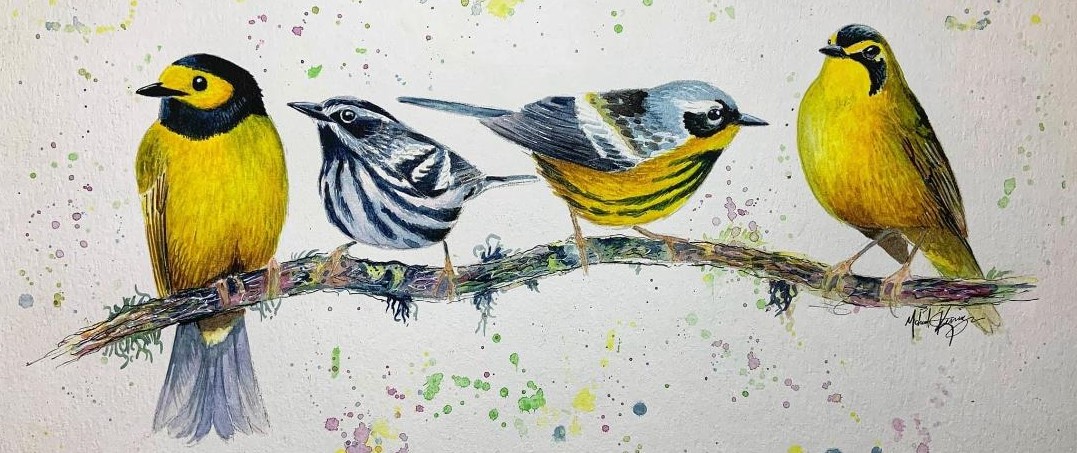
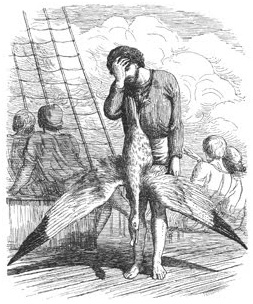 What???? It's true, we are spending thousands of dollars each year to print and mail
What???? It's true, we are spending thousands of dollars each year to print and mail 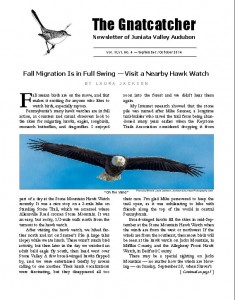
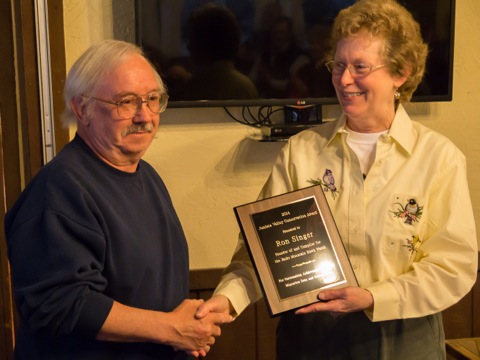
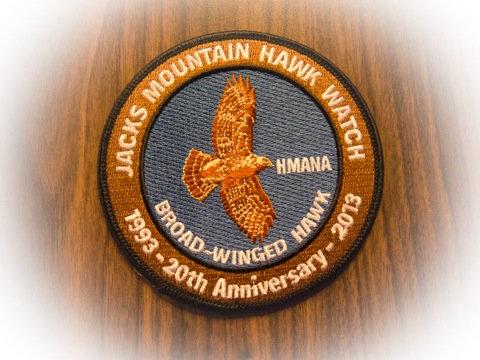
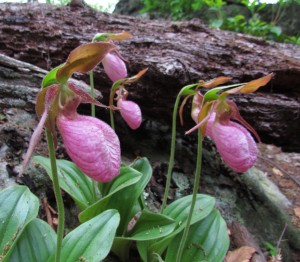
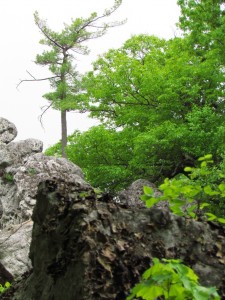
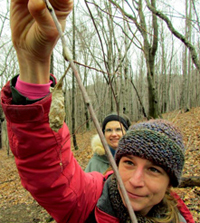 Kristin Joivell, shown here on a recent JVAS hike examining a promethean moth cocoon, is our new secretary. Kristin teaches kindergarten at the Juniata Valley Elementary School, lives in the Huntingdon area, and brings an infectious enthusiasm and a wealth of knowledge about nature to the JVAS board, being both well-read and widely traveled. Stick close to Kristin on a nature hike if you want to learn the i.d.s of critters and wildflowers — or to generally just have a good time.
Kristin Joivell, shown here on a recent JVAS hike examining a promethean moth cocoon, is our new secretary. Kristin teaches kindergarten at the Juniata Valley Elementary School, lives in the Huntingdon area, and brings an infectious enthusiasm and a wealth of knowledge about nature to the JVAS board, being both well-read and widely traveled. Stick close to Kristin on a nature hike if you want to learn the i.d.s of critters and wildflowers — or to generally just have a good time.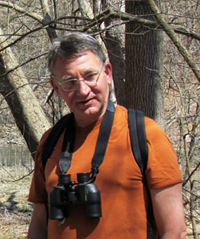 Despite his regular attendance on field trips and thus his frequent run-ins with Stan Kotala's camera, JVAS treasurer George Mahon is almost always seen with his eyes turned to the ground or the sky, displaying the same restless curiosity that led him to teach junior high science in Altoona for many years, and to first become involved in JVAS activities way back in the late 1970s. I have also grown to appreciate George's endless patience and attention to detail over the past year as he's eased into the treasurer position — surely one of the most thankless and time-consuming posts in any organization.
Despite his regular attendance on field trips and thus his frequent run-ins with Stan Kotala's camera, JVAS treasurer George Mahon is almost always seen with his eyes turned to the ground or the sky, displaying the same restless curiosity that led him to teach junior high science in Altoona for many years, and to first become involved in JVAS activities way back in the late 1970s. I have also grown to appreciate George's endless patience and attention to detail over the past year as he's eased into the treasurer position — surely one of the most thankless and time-consuming posts in any organization.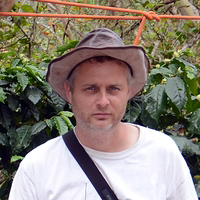 You'd think I'd have a better photo of my own brother, but he got off Facebook last year, so what can I do? Mark Bonta agreed to step in as vice president, which mainly means he'll be the programs chair. He's been attending programs pretty regularly since he started teaching geography at Penn State Altoona last fall. He and his wife will be moving to the area permanently in August, after a couple of years in Philadelphia and many years in Mississippi before that. Mark was a member of JVAS as a kid, which helped to spark an interest in birding and nature that now makes its way into his classes and research. He's currently leading an expedition in the mountains of Honduras to document a possible new species of ant-shrike.
You'd think I'd have a better photo of my own brother, but he got off Facebook last year, so what can I do? Mark Bonta agreed to step in as vice president, which mainly means he'll be the programs chair. He's been attending programs pretty regularly since he started teaching geography at Penn State Altoona last fall. He and his wife will be moving to the area permanently in August, after a couple of years in Philadelphia and many years in Mississippi before that. Mark was a member of JVAS as a kid, which helped to spark an interest in birding and nature that now makes its way into his classes and research. He's currently leading an expedition in the mountains of Honduras to document a possible new species of ant-shrike.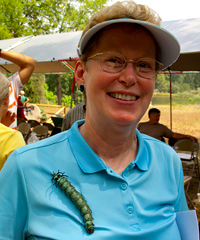 Laura Jackson, our new president, hardly needs an introduction. She and her husband Mike (also a member of the board) have been among our most active members for years, attending numerous township meetings, writing letters, agitating, advocating, giving slideshows and workshops, and putting their own time and money where their mouths are on their mountainside property near Everett — a conservation showcase. Laura's always-pleasant demeanor masks a steely resolve, as many developers and politicians have learned to their sorrow. We are deeply fortunate that her work with
Laura Jackson, our new president, hardly needs an introduction. She and her husband Mike (also a member of the board) have been among our most active members for years, attending numerous township meetings, writing letters, agitating, advocating, giving slideshows and workshops, and putting their own time and money where their mouths are on their mountainside property near Everett — a conservation showcase. Laura's always-pleasant demeanor masks a steely resolve, as many developers and politicians have learned to their sorrow. We are deeply fortunate that her work with 